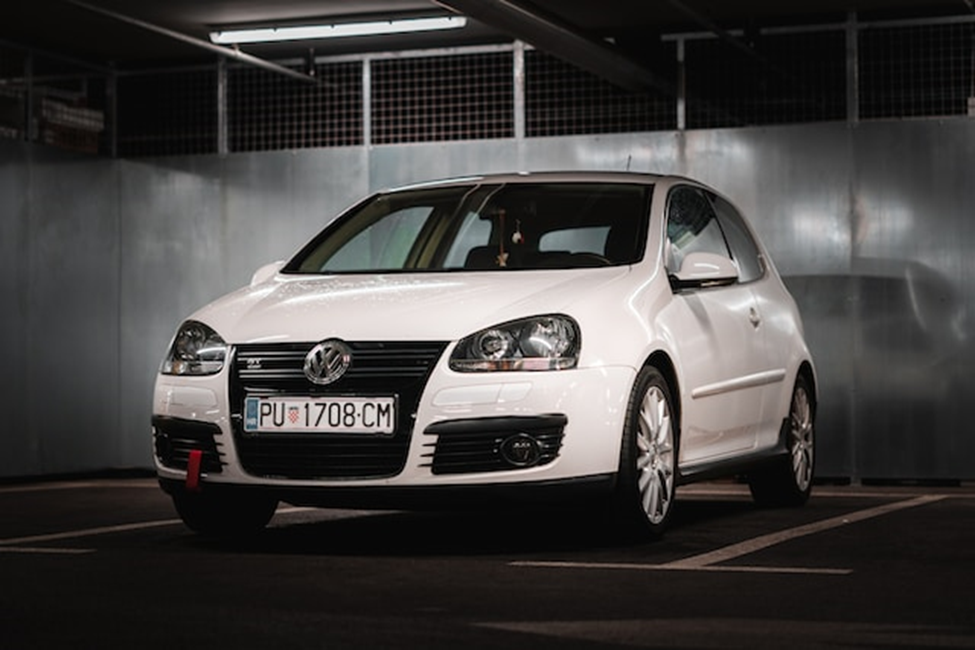A garage is a multi-functional space that provides protection and storage space for your vehicles and other assets. However, before constructing a garage, understanding the ideal use cases is essential. This helps you select the best option that meets your needs. Here are a few considerations before acquiring a metal garage or carport.
1. Square Footage
Carports and garages come in different configurations and sizes. The height is crucial, and the proposed measurements should be sufficient to accommodate your vehicles under the roof and leave enough space for roof racks or other features. Ideally, a sedan can fit in a 6-foot carport, but you can get options with 10-foot vertical clearance for more flexibility.
Width is a vital aspect, especially when you want to shelter multiple vehicles. The exact width depends on the number of cars in your household. You may choose a bigger option if you want more space for your RV, motorcycle, and lawn equipment.
2. Average Cost
Constructing a metal garage involves different costs, and it’s vital to include the costs in your planning to ensure a seamless construction phase. You can create a comprehensive budget denoting the expenses to avoid surprises and ensure the project costs are manageable.
Before creating your final budget draft, researching the average costs of similar garages in your neighborhood is prudent. This helps you get a clear idea of the cost implications for your project.
However, your metallic garage costs may vary depending on various factors like materials, extra features, and size. Consulting with several professional contractors can give you an accurate estimate. Nevertheless, you should compare prices from different builders to identify a cost-effective option.
3. Lighting and Ventilation
Proper lighting and ventilation are vital in your metal garage, especially if the space doubles up as your working area. These factors can impact the functionality of your garage. Good ventilation maintains a safe storage space and working environment. Ventilation aids the removal of unpleasant odors generated from various activities in the garage.
Typically, windows facilitate an unrestricted flow of fresh air and natural light in the garage. Depending on your garage usage, you may need exhaust fans to expel stale air and remove dust, fumes, and excess humidity.
On the other hand, proper lighting is vital for optimum visibility and functionality of your garage. Poor lighting can increase the risk of expensive accidents and make some tasks impossible. Besides incorporating natural lighting in your design, you can install overhead lighting to illuminate the space. Ideally, LED lighting fixtures provide significant longevity, brightness, and energy efficiency.
4. Materials and Accessories
The material used to build your metal garage can determine its energy efficiency, durability, ergonomics, and maintenance costs. Materials like aluminum, steel, and galvanized steel are some of the common options for metal carports.
While steel is fire-resistant and strong, it’s prone to corrosion over time. On the other hand, aluminum is rust-resistant, flexible, and lightweight but susceptible to dents. Lastly, galvanized steel has a zinc coating to prevent corrosion but is often more expensive.
Metallic carports can be customized with different accessories like skylights, vents, windows, doors, and insulation. The accessories enhance the practicality and safety of your garage. For example, insulation regulates indoor temperatures and minimizes noise. However, you should choose accessories depending on your needs and budget flexibility. Accessories like storage shelves are a basic requirement if you want to store your tools in the garage.
Endnote
Choosing the perfect garage design can be daunting, but you can make a wise decision when you understand your needs and the available options. Typically, you should consider the essential aspects like size, materials, accessories, and costs.

